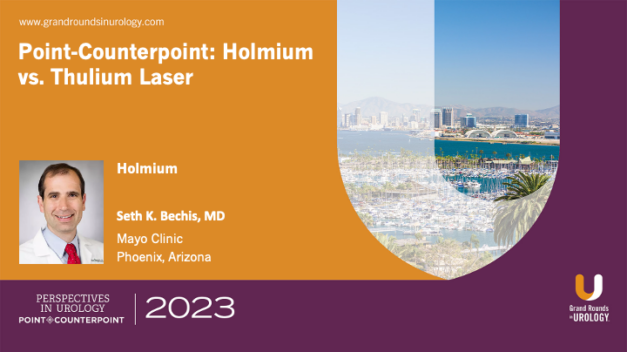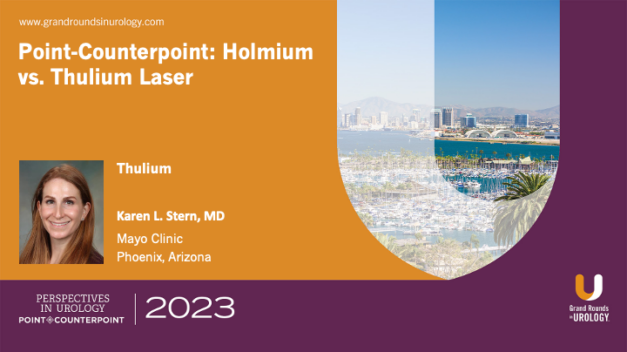Updates in Advanced Prostate Cancer
Alan H. Bryce, MD, reviews the current landscape of advanced prostate cancer treatment. Dr. Bryce begins by addressing the dwindling access to second-line treatment options as patients progress through therapy lines.
He then reviews findings from the STAMPEDE study, which explored the use of combination therapy involving ADT and abiraterone for high-risk prostate cancer patients. Dr. Bryce endorses this kind of combination therapy, highlighting its effect on overall survival rates.
Finally, Dr. Bryce touches on treatment intensification for patients with MHSC-9 positivity. Using a data-driven approach, he recommends combination therapy and the potential role of triplet regimens.
Read More




